Shrimp and pangasius continue to play a leading role
According to the Vietnam Association of Seafood Exporters and Producers (VASEP), in September 2025, seafood exports reached nearly 991 million USD, up 7.5% over the same period. In the first 9 months of 2025, the export turnover reached 8.33 billion USD, up 15.5% over last year. This figure not only reflects the industry's steady recovery after many fluctuations, but also shows the ability of businesses to quickly adapt in the context of the world market with many potential barriers.
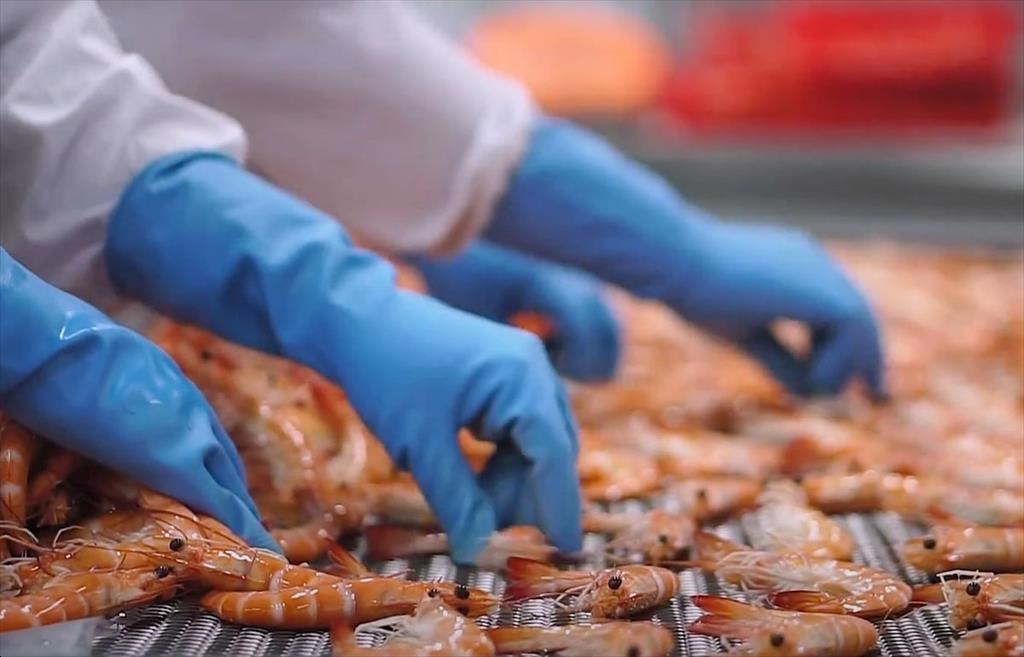
In terms of product structure, shrimp is still the “champion” when it brought in nearly 410 million USD in September, bringing the total turnover in 9 months to more than 3.38 billion USD, up 20.3%. The growth momentum mainly comes from stable demand in the US, Japan, EU and increased orders in regional markets.
Pangasius also made its mark with September turnover reaching nearly 191 million USD, up 11%. By the end of September, pangasius exports reached more than 1.6 billion USD, up nearly 10% over the same period. The return of demand in China, the US and some Middle Eastern markets has contributed to strengthening the position of Vietnamese pangasius on the world seafood map.
Meanwhile, marine fish and squid - octopus group grew strongly. In 9 months, other marine fish reached 1.61 billion USD ( + 18.5%), squid - octopus nearly 550 million USD (+ 18.7%). Shellfish stood out with an increase of more than 30%, reaching 192 million USD. In contrast, tuna decreased slightly, only 705 million USD (-3.2%), showing increasingly fierce competition in the ocean fish segment.
In terms of markets, China and Hong Kong continue to be bright spots. Although September slightly decreased, the cumulative nine-month increase was still up 32.1%, reaching 1.76 billion USD, accounting for the largest market share. This market is considered attractive thanks to abundant demand and favorable logistics costs.
The US showed a slowdown in September when it decreased by more than 6%. However, in the first 9 months, exports to the US still reached 1.41 billion USD, up 6.8%. Uncertainties about anti-dumping tax (CBPG) and strict requirements from the Marine Mammal Protection Act (MMPA) made it difficult for Vietnamese businesses to bring goods to this market.
Japan and the EU maintained a steady growth momentum: Japan reached 1.27 billion USD (up 15.6%), the EU reached 885 million USD (up 13.3%). Notably, Korea became a breakthrough market with an increase of nearly 50% in September and more than 13% in 9 months, reaching 645 million USD.
In addition, ASEAN and the Middle East also emerged as potential “doorways”. ASEAN reached 536 million USD (up 23.3%), the Middle East nearly 295 million USD (up 7.6%), September alone increased by more than 50%.
Need to be more proactive and creative
VASEP Deputy Secretary General Le Hang said that behind this impressive result is the flexibility of businesses in boosting exports, taking advantage of the time before some tax policies and technical barriers are applied. Many businesses proactively restructured their markets, increased exports to Asia, and strengthened their position in traditional markets.
In addition, the trend of investing in value-added processed products that meet high requirements for quality, safety and traceability has also helped Vietnamese seafood maintain its competitiveness, especially in the mid- and high-end segments.
However, Ms. Hang also said that the road ahead is not without bumps. Currently, the Vietnamese seafood industry is facing many barriers such as anti-dumping tax and reciprocal tax in the US and some markets, causing profit margins to narrow. The US Marine Mammal Protection Act (MMPA) with strict regulations on exploitation is putting great pressure on seafood products. The EU's IUU yellow card has not been removed, affecting the reputation as well as export costs of businesses.
In addition, competitive pressure from regional rivals such as India, Thailand, Indonesia, Ecuador, etc. is increasing, especially in shrimp and tra fish products.
To maintain growth momentum and overcome challenges, experts say the seafood industry needs to deploy synchronous solutions, focusing on three main directions. First , closely monitor market developments and trade policies to promptly adjust strategies and avoid risks when new barriers appear.
Second, restructure export markets. In addition to maintaining traditional markets such as the US, EU, and Japan, businesses need to promote the exploitation of opportunities in ASEAN, the Middle East, and less competitive niche markets.
Third, diversifying products and increasing added value. This is the key factor to help Vietnamese seafood compete sustainably, especially when global consumers increasingly prioritize high-quality, sustainable and safe products.
Along with that, it is necessary to innovate and apply technology throughout the value chain - from farming, harvesting to processing and distribution - to help improve production efficiency, reduce costs, increase productivity and product quality.
In addition, the building and promotion of national brands for the seafood industry also needs to be further promoted, through modern distribution channels such as e-commerce, as well as taking advantage of the promotion trend through high-end cuisine in the international market.
“In the face of trade barriers and fierce competition, proactiveness, flexibility and creativity will be the key for the seafood industry to maintain its achievements and expand opportunities in international markets in the coming time,” emphasized a VASEP representative.
Source: https://daibieunhandan.vn/xuat-khau-hon-8-3-ty-usd-thuy-san-van-doi-mat-nhieu-rao-can-10389164.html







![[Photo] Prime Minister Pham Minh Chinh launched a peak emulation campaign to achieve achievements in celebration of the 14th National Party Congress](https://vphoto.vietnam.vn/thumb/1200x675/vietnam/resource/IMAGE/2025/10/5/8869ec5cdbc740f58fbf2ae73f065076)
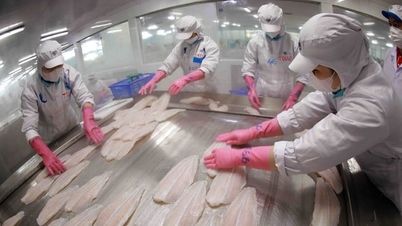




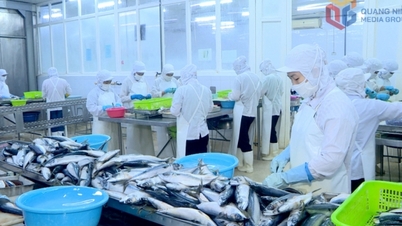

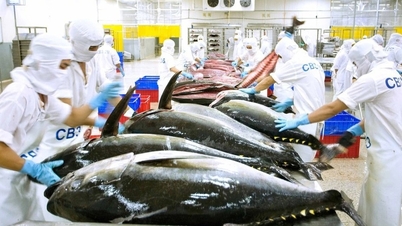




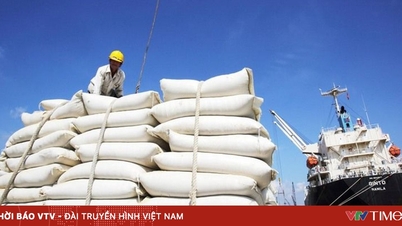
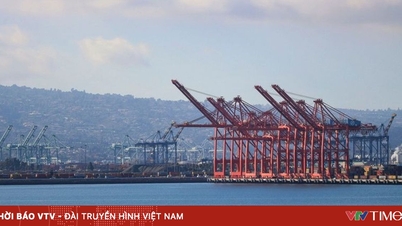














![[Photo] Bustling Mid-Autumn Festival at the Museum of Ethnology](https://vphoto.vietnam.vn/thumb/1200x675/vietnam/resource/IMAGE/2025/10/4/da8d5927734d4ca58e3eced14bc435a3)

























![[VIDEO] Summary of Petrovietnam's 50th Anniversary Ceremony](https://vphoto.vietnam.vn/thumb/402x226/vietnam/resource/IMAGE/2025/10/4/abe133bdb8114793a16d4fe3e5bd0f12)

![[VIDEO] GENERAL SECRETARY TO LAM AWARDS PETROVIETNAM 8 GOLDEN WORDS: "PIONEER - EXCELLENT - SUSTAINABLE - GLOBAL"](https://vphoto.vietnam.vn/thumb/402x226/vietnam/resource/IMAGE/2025/7/23/c2fdb48863e846cfa9fb8e6ea9cf44e7)













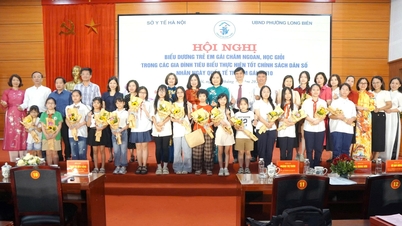
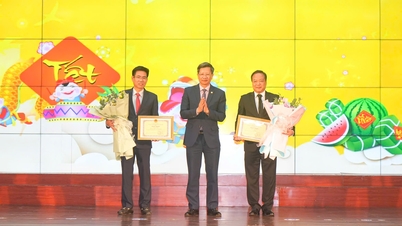





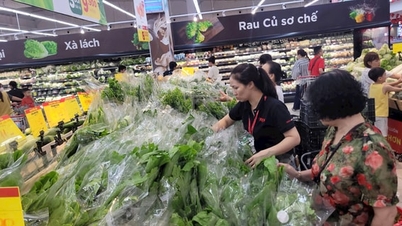














Comment (0)